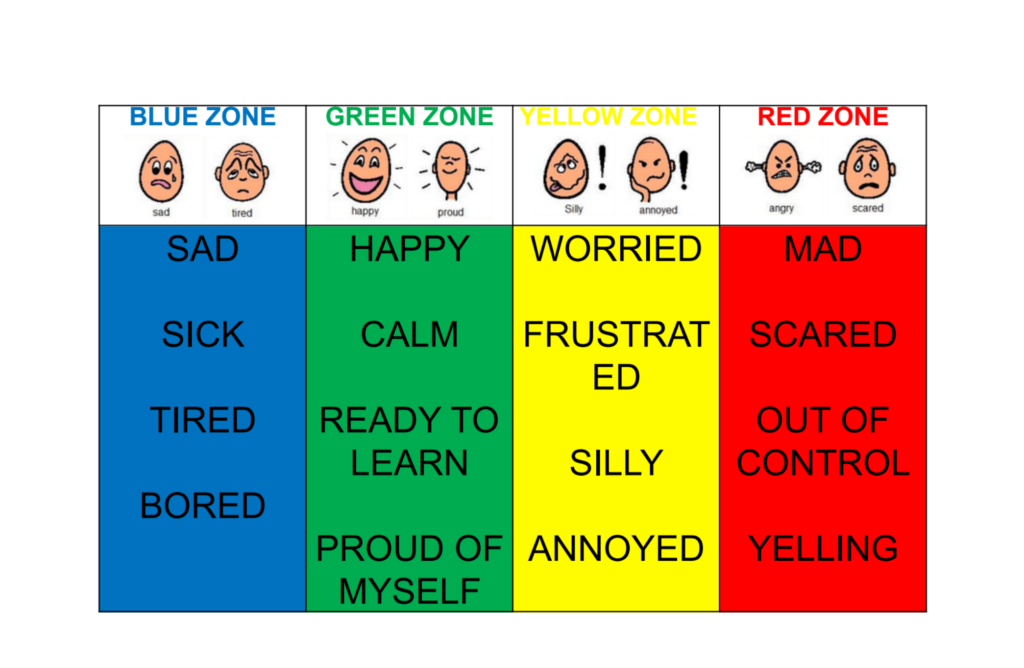Breathwork and Emotional Regulation
With our first inhalation, we enter this world. With our final exhalation, when no next inhale follows, we leave our body. All life happens in between inhalation and exhalation. There is nothing more important and vital than your breath—your prana, your chi, your life force. Let’s explore how to use it wisely, allowing it to support and enhance every aspect of our being.
The Transformative Power of Breathwork
Emotions are an integral part of being human, but they can sometimes feel overwhelming or difficult to navigate. From the highs of joy to the depths of sadness, emotions shape our experiences and responses to the world around us. The good news is that breathwork offers a powerful, accessible tool to regulate these emotions, helping us find balance and resilience in our daily lives. The good news is that you have that tool with you in each given moment.

What Is Emotional Regulation?
Emotional regulation is the ability to manage and respond to emotional experiences in a healthy, constructive way. It doesn’t mean suppressing or ignoring emotions —it’s about acknowledging them, understanding their roots, and responding mindfully rather than reacting impulsively. Here it’s important to highlight, that suppressing or ignoring emotions doesn’t make them go away—it buries them, often leading to mental, emotional, and physical stress. Over time, this can result in heightened anxiety, unexpected outbursts, or even physical symptoms like tension and chronic health issues. Emotions are signals, guiding us toward what needs attention or care. By acknowledging and processing them, we create space for healing, balance, and greater emotional freedom.
When we experience intense emotions, our nervous system reacts. The heart races, breathing becomes shallow, and the body might enter a fight-or-flight state. This is where breathwork comes in. By consciously working with the breath, we can influence the nervous system and create a sense of calm, clarity, and control.

How Breathwork Supports Emotional Regulation
Breathwork is more than just breathing—it’s an intentional practice that connects the mind and body. Here’s how it helps with emotional regulation:
1. Activating the Parasympathetic Nervous System
Deep, intentional breathing stimulates the parasympathetic nervous system, often referred to as the “rest-and-digest” system. This counters the stress response, slowing the heart rate and calming the mind.
2. Creating a Pause
When emotions run high, it’s easy to react without thinking. Breathwork creates a pause, giving you the space to process what you’re feeling and choose how to respond.
3. Releasing Stored Emotions
Emotions can get “stuck” in the body, manifesting as tension or discomfort. Certain breathwork techniques encourage the release of these emotions, providing relief and a sense of lightness.
4. Enhancing Self-Awareness
Breathwork brings you into the present moment, allowing you to observe your emotions without judgment. This heightened awareness helps you identify triggers and patterns, empowering you to manage emotions more effectively.

Simple Breathwork Practices for Emotional Regulation
You don’t need to be an experienced practitioner to benefit from breathwork. Here are a few techniques you can try:
• Box Breathing: Inhale for a count of four, hold the breath for four, exhale for four, and hold again for four. Repeat this cycle to calm the mind and reduce anxiety.
• Diaphragmatic Breathing: Place one hand on your chest and the other on your belly. Breathe deeply, ensuring the hand on your belly rises with each inhale. This engages the diaphragm and promotes relaxation.
• Alternate Nostril Breathing (Nadi Shodhana): Close one nostril with your thumb, inhale through the other nostril, then switch nostrils and exhale. This balances the nervous system and brings mental clarity.
• 4-7-8 Breathing: Inhale deeply for a count of four, hold the breath for seven counts, and exhale slowly for a count of eight. This technique is particularly effective for reducing stress and promoting sleep.
• Sighing Breath: Take a deep inhale through the nose, then exhale audibly with a sigh. This simple practice can release tension and shift your mood instantly.
• Humming Bee Breath (Bhramari): Inhale deeply, then exhale slowly while making a humming sound like a bee. Gently press the cartilage of your ears with your thumbs to block external sounds. This soothes the nervous system and enhances focus.
• Coherent Breathing: Breathe in for five seconds and out for five seconds, maintaining a consistent rhythm. This practice helps regulate emotions and bring a sense of harmony.
• Ocean Breath (Ujjayi): Breathe in and out through your nose while slightly constricting the back of your throat, creating a sound similar to ocean waves. This practice is grounding and calming.
Each of these techniques can be practiced anywhere, whether you’re at work, at home, or in a stressful situation. Over time, incorporating breathwork into your routine can enhance your ability to navigate emotions with greater ease and resilience.
Sometimes, you can also support others in regulating their nervous system through breathwork. Guiding someone to focus on slow, intentional breathing can help them find calm and balance in moments of stress or overwhelm. Whether it’s teaching a simple technique like deep belly breathing or leading them through a structured practice like Box Breathing, the breath becomes a powerful tool for grounding and emotional regulation. By sharing this practice, you empower others to connect with their breath as a source of stability and peace.
Breathwork as a Daily Tool
The beauty of breathwork lies in its accessibility—you can practice it anywhere, anytime. Whether you’re feeling overwhelmed at work, facing a challenging conversation, or simply seeking to ground yourself, your breath is always with you as a resource.
Over time, regular breathwork practice not only helps with emotional regulation in the moment but also builds long-term resilience. It strengthens your ability to navigate life’s ups and downs with greater ease and confidence.
A Path to Emotional Freedom
Emotional regulation is not about controlling your feelings; it’s about learning to flow with them, understanding them, and using them as a guide rather than a burden. Breathwork provides the tools to do just that.
Through the simple yet profound act of breathing, you can cultivate a deeper connection with yourself, regulate your emotions, and step into a life of balance and emotional freedom.
If you’re ready to explore the transformative power of breathwork for emotional regulation, join us for a session and discover how your breath can be your greatest ally.
